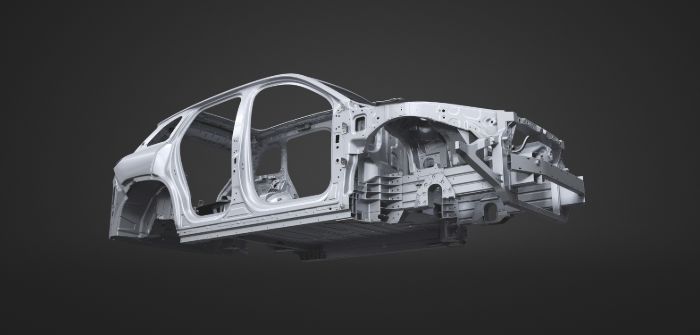At Chinese auto maker Nio, CAE is used for every element of the car’s design and development, from testing of crash resistance to aerodynamics through to comfort assessment.
In an example of a body-in-white simulation, working with software from Altair, a company specialized in engineering software development, the first stage was to combine all structural load cases into a single Optistruct model.
This model included occupant pressure load, ISOFIX bar loading, rear-floor panel operator step-on loading, seatback luggage retention loading, seatback attachment stiffness, seatbelt anchorage loading, along with linearized crash loads. From here, CAE was used to optimize fiber orientation, find local requirements for fiber quantities and highlight hotspots and weaknesses in the design.
With a ‘simplify not complicate’ approach in mind, CAE was used to improve both the manufacturing process as well as the design. This included determining the quantity of fiber required for each ply and the optimum stacking sequence. Looking at the design, Nio improved the topology of the part to obtain a more uniform layout and tailor the nut carrier brackets to reinforce the carbon-fiber panels.
After each CAE iteration, loads or boundary conditions of the linear model could be updated loads and re-optimized. The result was a highly efficient and functional composite part that delivered multiple benefits.
More on simulation in the June issue of ATTI.


